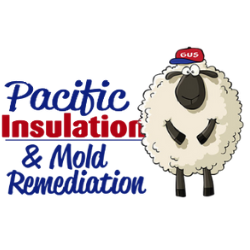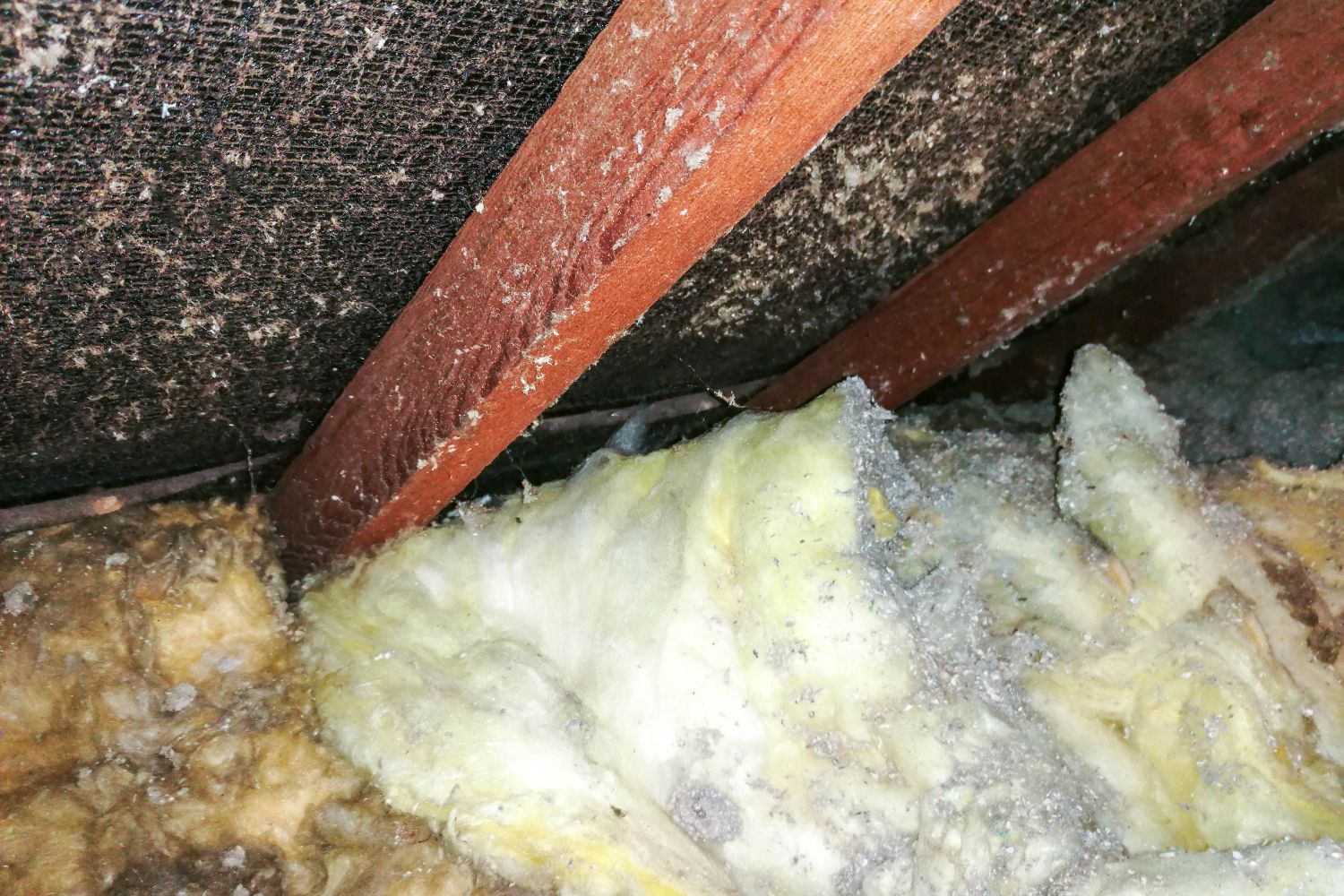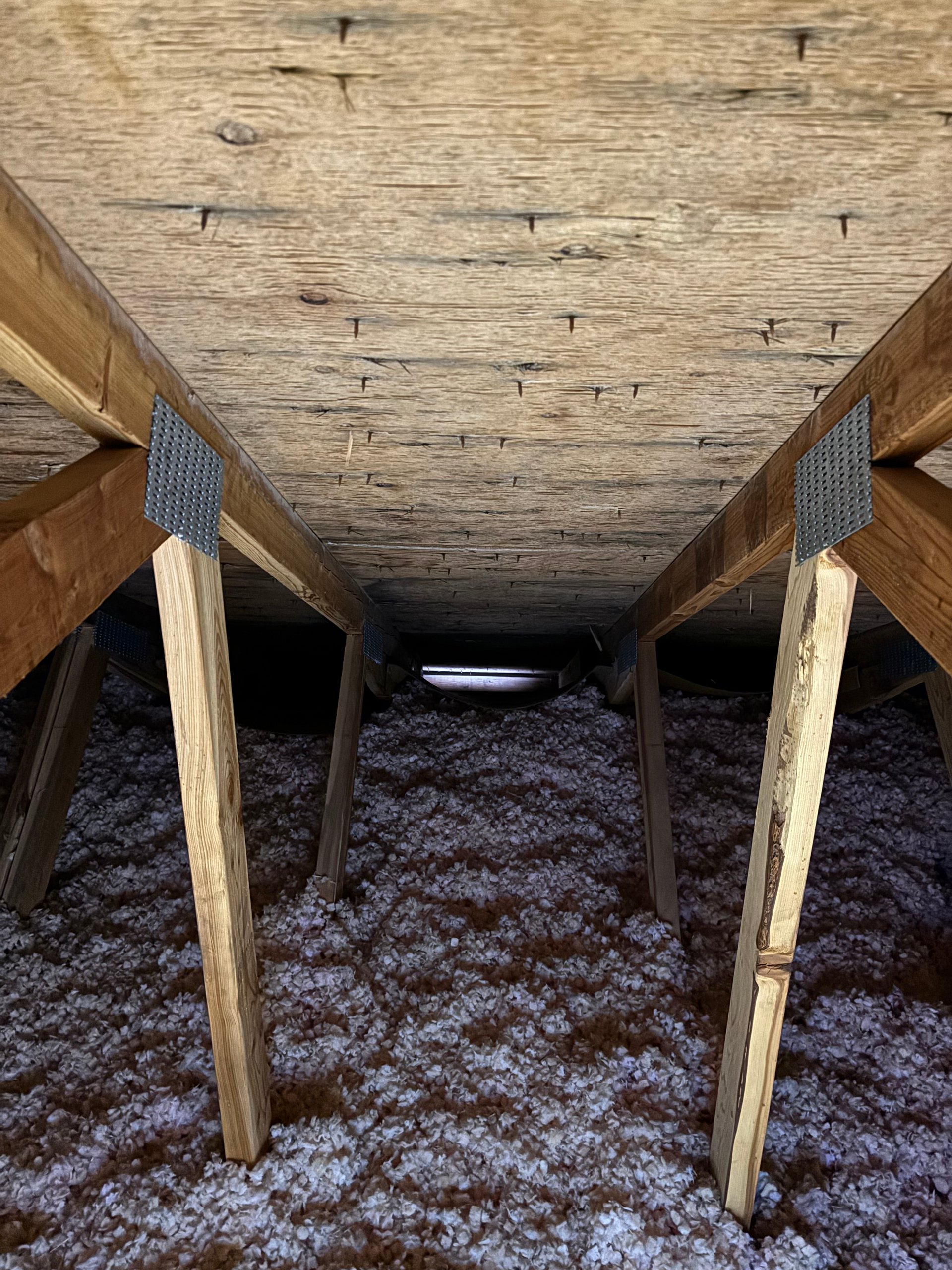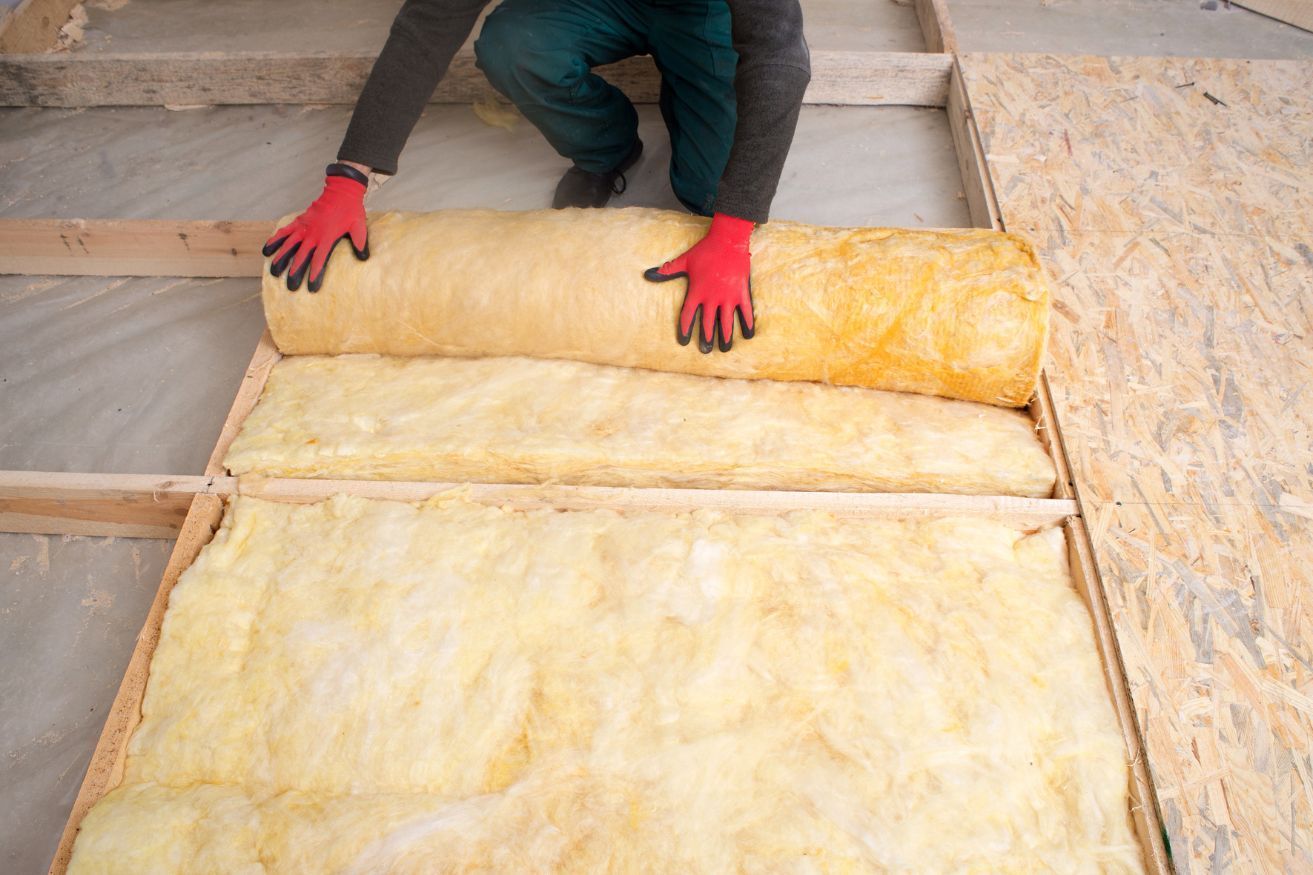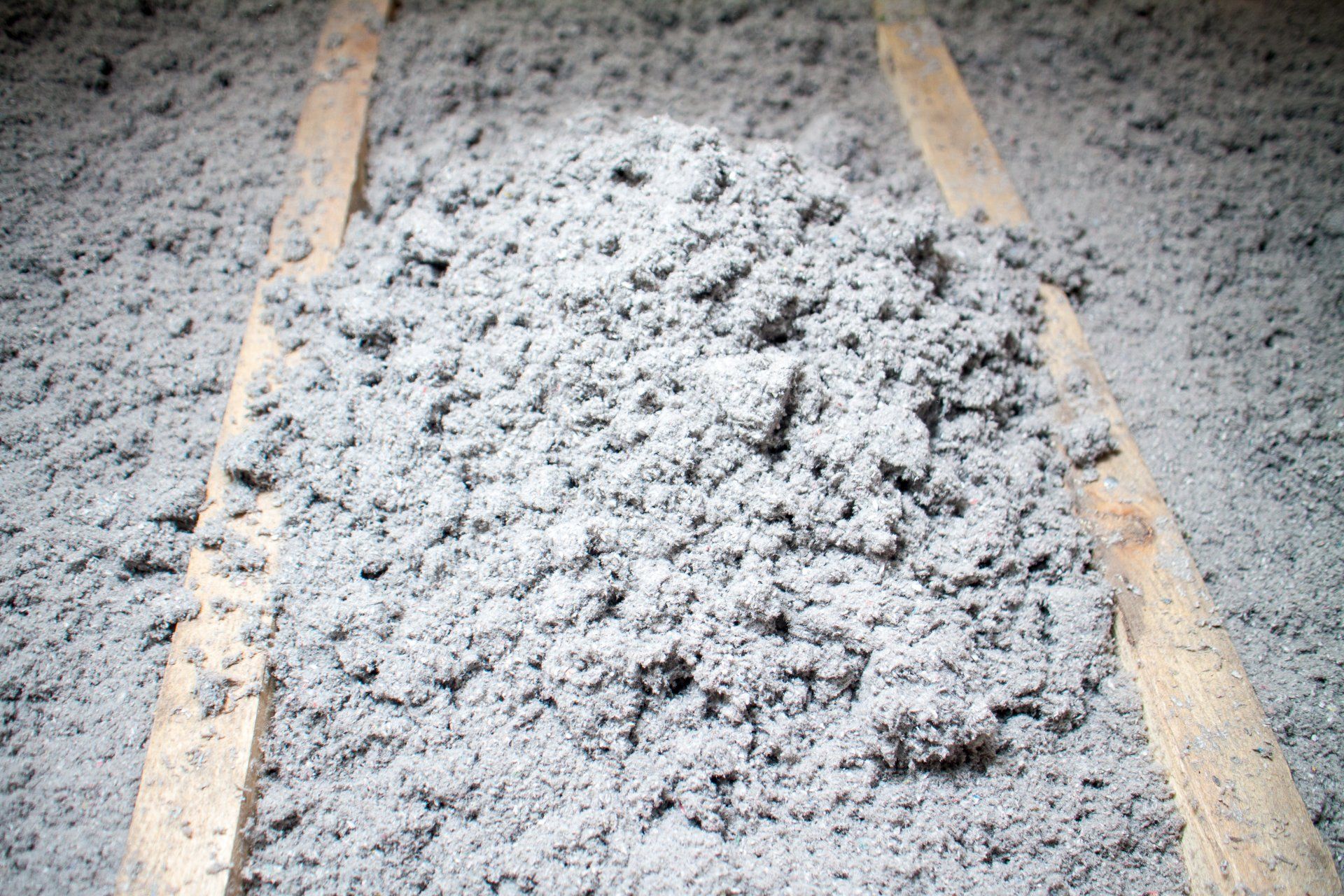Legal & Disclosure Issues with Attic Mold in Spokane & Coeur d’Alene
Is It Illegal to Sell a House with Mold in Washington or Idaho?
When it comes to attic mold, most people think about health risks or structural damage—but overlook the legal liability. Whether you're selling a home in Spokane or buying property in Coeur d’Alene, ignoring mold isn’t just risky—it could be legally costly.
🏡 Is It Illegal to Sell a House with Mold in Washington or Idaho?
Technically, no—but here’s the catch: undisclosed mold can come back to haunt you. In both Washington and Idaho, sellers are legally required to disclose known defects, including mold issues, under their state’s property disclosure laws.
If attic mold is discovered after the sale—and you knew about it—you could be on the hook for:
- Cost of mold remediation
- Repair of damaged insulation, framing, or sheathing
- Legal fees
- Potential rescission of the sale
In short, mold in the attic isn’t just a cleanup issue—it’s a liability time bomb.
📄 What the Law Says About Attic Mold Disclosure
In Washington State:
- Sellers must fill out a Seller Disclosure Statement (Form 17).
- One section directly asks about any known water damage, roof leaks, or mold problems.
- If you fail to disclose known attic mold, the buyer can sue for damages under RCW 64.06.050.
In Idaho:
- Property disclosure is voluntary, but fraud or misrepresentation still applies.
- If a seller knowingly conceals mold, it’s grounds for civil litigation or rescission of contract.
🔍 Why Attic Mold Is Often Missed—But Still a Legal Risk
Unlike basement mold or bathroom mildew, attic mold often goes unnoticed until a buyer’s home inspection. It’s usually caused by:
- Poor attic ventilation
- Bathroom fans venting into the attic
- Roof leaks or ice damming
- Wet or mold-contaminated insulation
If you’ve had any of these issues, and you haven’t had your attic inspected or remediated, you may already be at legal risk if you’re listing your home.
🧾 Legal Tip for Sellers: Get a Pre-Listing Attic Mold Inspection
Before listing your home in Spokane or Kootenai County, hire a licensed contractor like Pacific Insulation & Mold Remediation for a full attic inspection and mold report. That way:
- You’re aware of any existing mold
- You can include honest disclosure
- You avoid lawsuits and deal-breaking surprises
🧰 Legal Tip for Buyers: Don’t Skip the Attic in Your Inspection
If you're buying a home in Spokane Valley, Coeur d'Alene, or anywhere in the Inland Northwest, insist that the attic is:
- Visually inspected for signs of mold
- Checked for bathroom exhaust issues
- Reviewed for insulation moisture or staining
Don’t let mold get brushed off as "normal discoloration." Mold is mold—and it can get expensive fast.
✅ The Right Way to Handle It: Full Remediation + Documentation
Professional attic mold remediation includes:
- Mold-contaminated insulation removal
- Mold disinfection using EPA-registered biocides like Vital Oxide
- Mold encapsulation with Zinsser Perma-White primer
- Air sealing and cellulose insulation upgrades
- Ventilation corrections (bath fan exhausts, baffles, gable vents)
Once complete, we provide documentation of treatment—giving both buyer and seller peace of mind.
👷♂️ Work with a Licensed, Bonded, and Insured Remediation Pro
Pacific Insulation & Mold Remediation protects homeowners from both mold and legal headaches. We serve:
- Spokane
- Spokane Valley
- Liberty Lake
- Coeur d'Alene
- Post Falls
- Rathdrum
- Hayden
- Airway Heights
- South Hill
- Mead
📣 Final Word
Attic mold isn’t just about what you can see—it’s about what you’re legally responsible for. If you’re selling or buying in Spokane or Coeur d’Alene, protect yourself by understanding the legal risks, disclosing mold issues honestly, and working with certified mold remediation experts.
attic mold, attic mold removal, attic mold remediation, attic mold disclosure, mold in attic, attic mold Spokane, attic mold Coeur d’Alene, attic mold legal liability, attic mold inspection, mold removal Spokane, mold treatment Coeur d’Alene, attic ventilation problems, bathroom fan mold, insulation mold removal, seller disclosure mold Washington, mold law Idaho, attic mold inspection before sale, attic mold mitigation, mold contractor Spokane
#AtticMold #SpokaneRealEstate #MoldDisclosure #AtticMoldRemoval #MoldInAttic #CoeurDAleneHomes #MoldLegalIssues #SpokaneMoldRemediation #MoldContractorSpokane #MoldTreatment #AtticInspection #SellerDisclosure #ZinsserPrimer #VitalOxide #RealEstateTips #AvoidLawsuits #PacificInsulation #AtticVentilation #MoldFreeHomes
Want this converted into a printable handout for realtors or a PDF lead magnet for sellers? I can build that next.
